Travel with me #999 : The Endangered Species of Qingling - The Crested ibis!
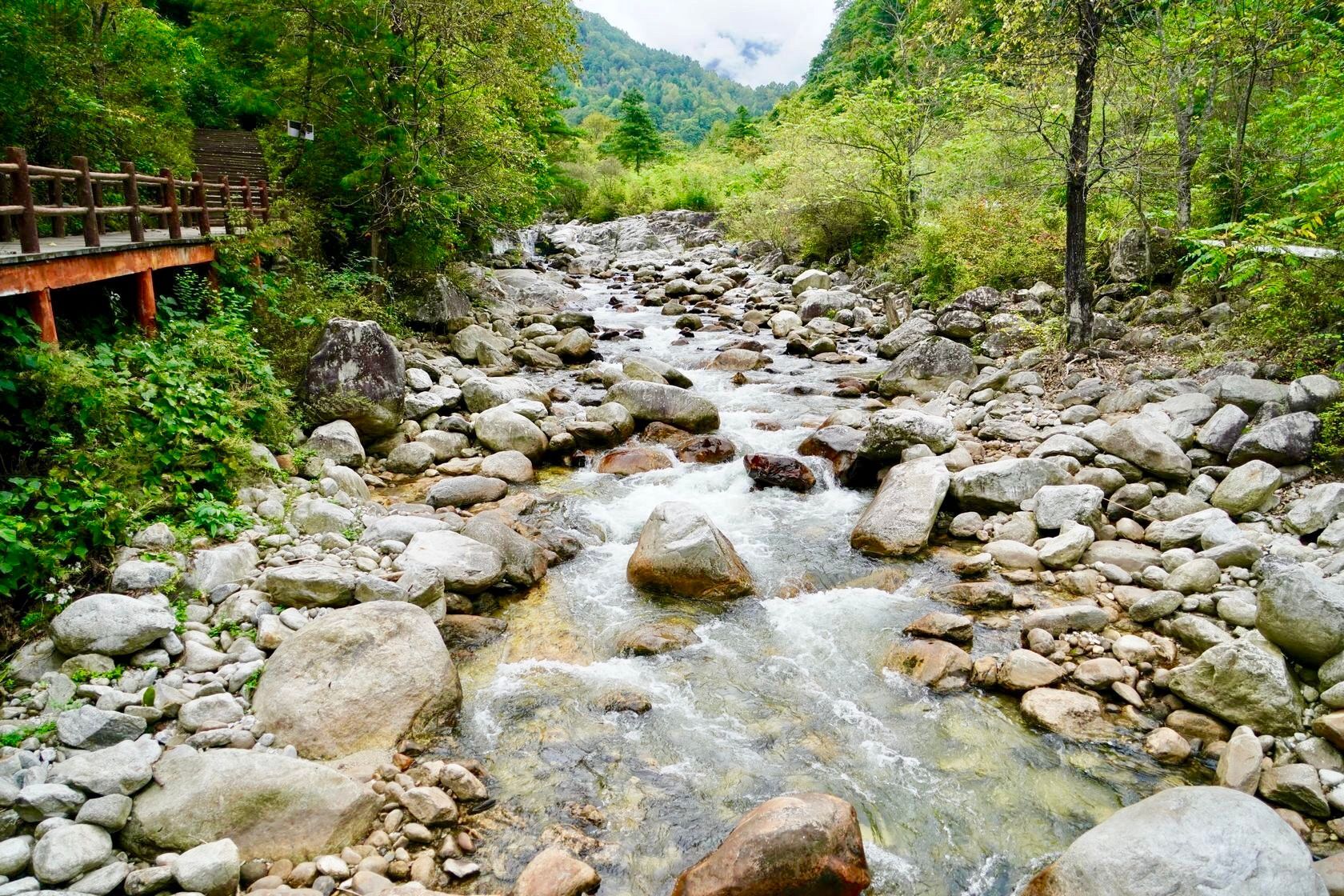
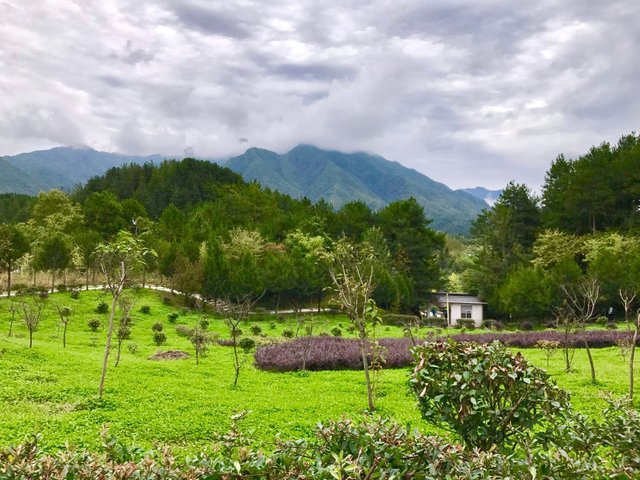
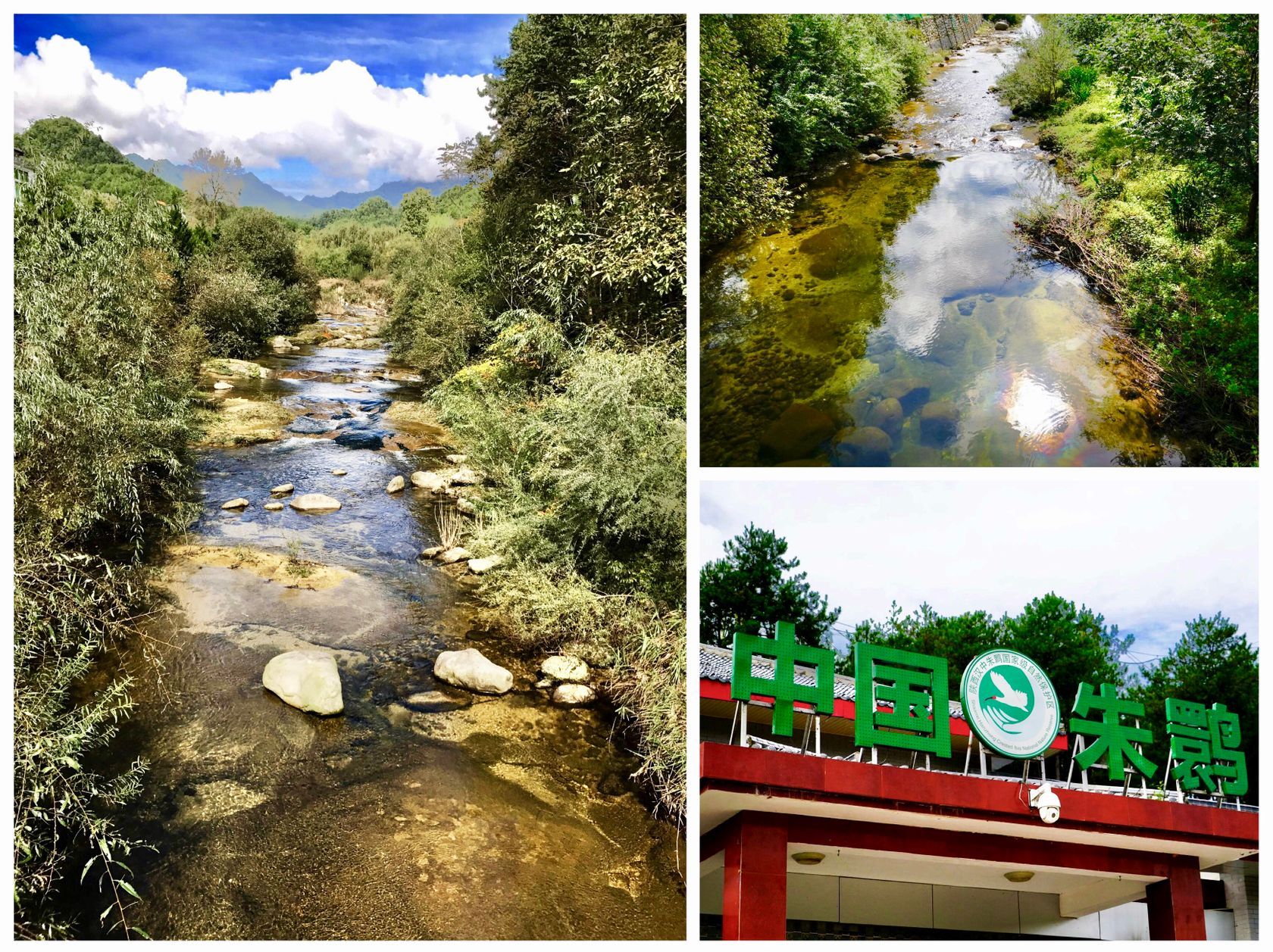 Dear Steemit friends :
Dear Steemit friends :

China has a special list of endangered species which are considered it's national treasures. In a previous post, we had a look at two of these endangered species, the Giant Panda and the Golden Takin. If you missed that post, you can find it here.
Today, we'll be continuing our journey deep into the Qinling mountains and having a look at another one of China's most precious endangered animals, the Crested ibis.
This species of bird is known for it's large wingspan and and magnificent golden coloured underside wing. Before the crested ibis became endangered, they could be found in Japan, China, Korea, Taiwan and Russia. Throughout the twentieth century, the crested ibis continued to decline in population until at one point it was thought to be extinct. It was only until 1981 where the species was rediscovered in a village in the southern slopes of the Qinling mountains.
Today, the Shaanxi province has a growing population of crested ibis thanks to conservation efforts and considerable effort to protect their natural habitats. Breeding programs leading to the crested ibis being reintroduced into the wild has helped the population stabilise and even grow quite significantly.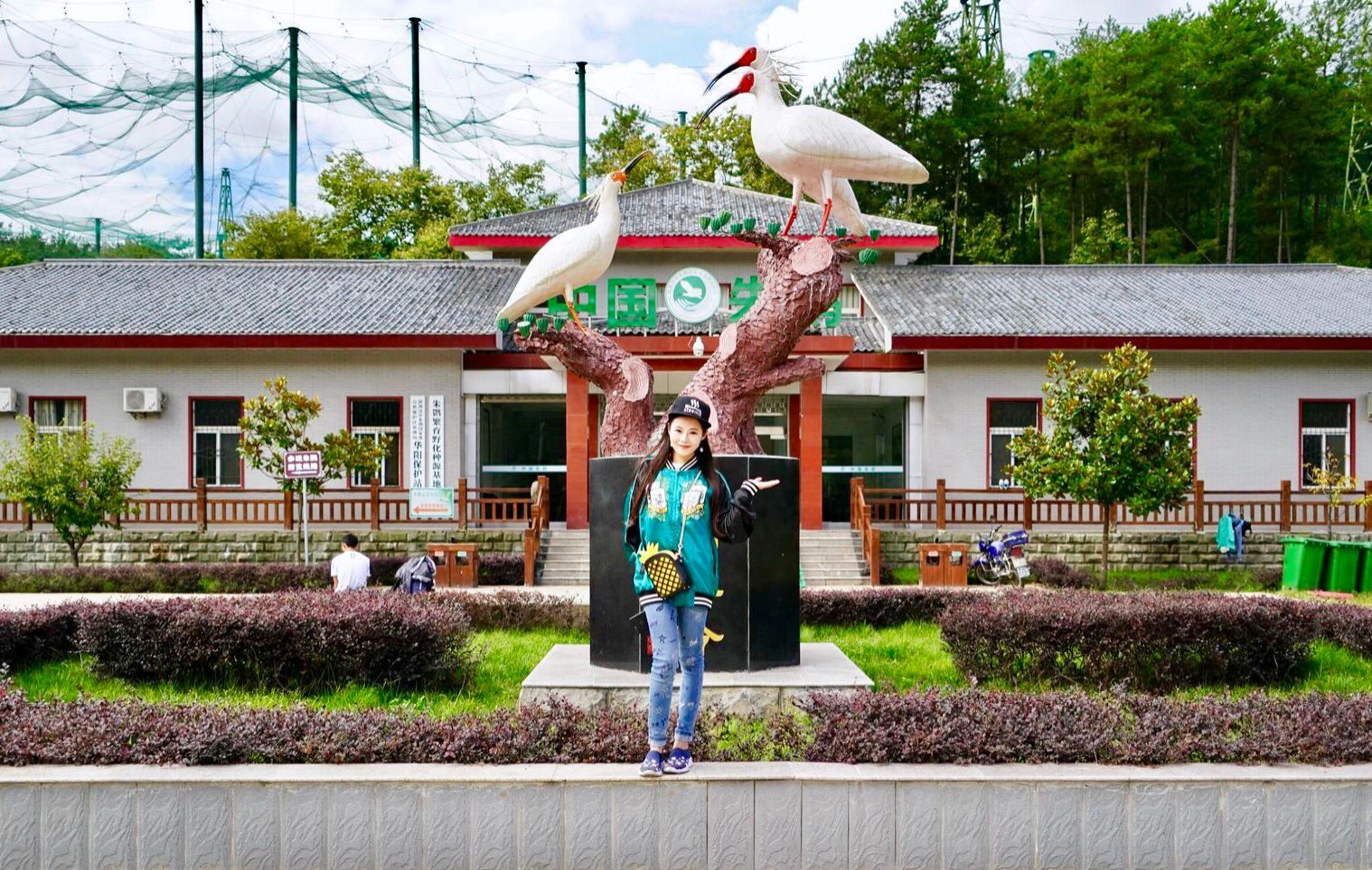 In China, the Crested ibis is widely regarded as an auspicious bird, affectionately referred to as the oriental gem. Since 1981, the population has grown from 7 to over 2000 and now occupy a fairly vast area of 100 km squared of the Qinling mountains.
In China, the Crested ibis is widely regarded as an auspicious bird, affectionately referred to as the oriental gem. Since 1981, the population has grown from 7 to over 2000 and now occupy a fairly vast area of 100 km squared of the Qinling mountains.
I visited one of the nature reserves called Hanzhong responsible for managing the breeding program and eventual release of the Crested ibis to the wild. This part of China is largely unknown and thus has very few visitors. It was only these few years that tourist centers and hotels opened to allow a few number of tourists to come see these national treasures.
Aside from seeing some of the most treasured animals in China and indeed the world, it is impossible to visit this area and not be in total awe of the environment. It is as beautiful as it is natural, the villagers taking care of the surroundings making sure the environment is ripe for future generations to live here.
The nature reserve looks after both wild Crested ibis as well as ones in captivity. You can see the very large closed roof net cage created for the Crested ibis.
It is used to keep the young Crested ibis captive but also as a way to control and teach the Crested ibis in captivity, how to forage.
It turns out that the Crested ibis experienced severe population declines because of it's preference for foraging flooded rice fields instead of the the dry land farms. Significant research conducted after the rediscovery of the ibis has concluded that their dependency on wet farmland for foraging means they are sensitive to changes in agriculture.
Farmers in the local area are encouraged and even subsidised by the government to continue the practice of winter flooding of rice fields despite lower crop yields compared with dry land farming techniques. This is all for the sake of creating an environment conducive to thriving ibis.
To my surprise, instead of seeing the Crested ibis right away, I was greeted by a flock of lamb and sheep! They hung around right against the fence and seemed to be extremely friendly with the visitors. We picked up some shards of long grass and fed them. They were happy to oblige!
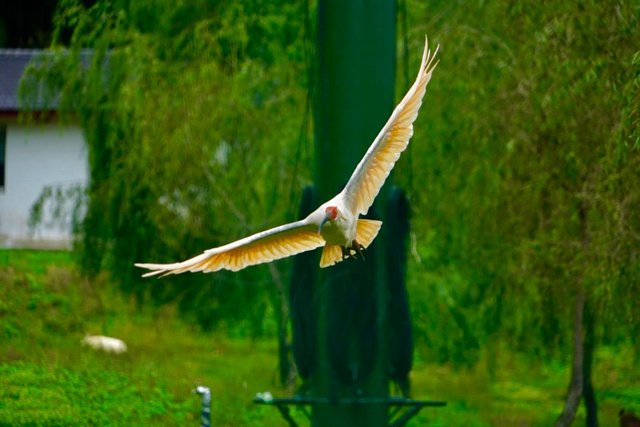
Qinling Hiking Trail
The Qinling mountains are often considered the central park of China. It is a special region which divides the north and south of China, to the South we have Sichuan and Chongqing, to the north, Shaanxi province.
The climatology of the area is quite unique, in-fact, it is said that the Qinling mountains display the qualities of all four seasons throughout the year.
People who live here have depended on natures offerings for thousands of years. They understand the importance of preserving the environment so that generation after generation of people can continue to live in harmony with nature, simultaneously cultivating it and also living off it.
Our trail began a few kilometers away from the village we stayed at. The tour guide who took us around the nature reserve for the crested ibis told us that the hike was well worth it and would make for a good stroll back to the village.
Thinking it was a good opportunity to work up an appetite, we obliged.